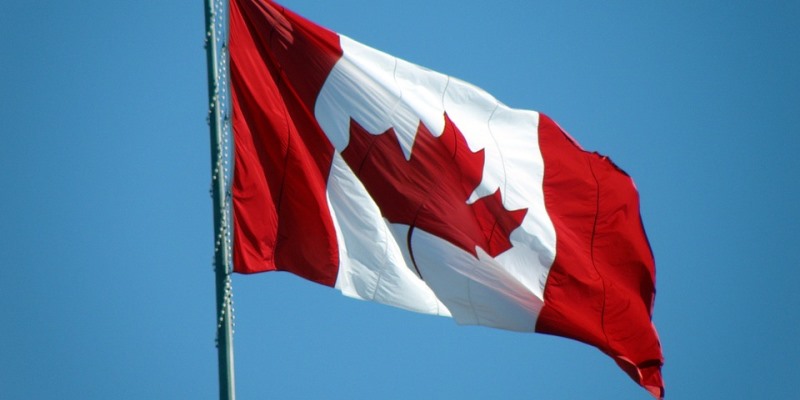Trudeau government’s COVID-19 fiscal response avoids major mistakes

The federal government today announced its fiscal response to the growing economic downturn caused by COVID-19. In total, Ottawa will spend up to $27 billion supporting individual Canadians and businesses. Many of the measures announced will effectively stabilize income for Canadians and businesses, which as our recent backgrounder explained is key to mitigating the economic downturn.
First, it’s important to recognize that the programs announced by the federal government do not include the automatic measures already underway through programs such as employment insurance (EI), which automatically collects less revenues through the EI payroll tax as unemployment increases while simultaneously spending more on EI benefits. These programs are already stabilizing income for affected workers.
Additional changes announced today—including quicker eligibility for EI, income support for workers and Canadians not covered by EI, and extending benefits to workers whose normal work hours are reduced—are all positive measures that will stabilize household incomes. In addition, these income-support measures seem to piggy-back on existing programs making it easier for Canadians to gain access and receive the support needed quickly.
In evaluating these policy changes, it’s important to remember that the economic disruption caused by COVID-19 and the response to it, including shutting down major sectors of our economy, is very different from previous recessions.
Other measures announced today such as delaying tax payments, introducing flexibility on mortgage repayments (for six months), and reducing the level of mandatory withdrawals from RRIFs to avoid financial losses, will also provide some financial relief to Canadian households adversely affected by the economic downturn.
Many of the measures announced to support businesses also appear quite positive, though many details are not yet available. For instance, providing liquidity and financial support to affected businesses, if designed and administered properly, could provide certainty in an incredibly uncertain time, which will help stabilize the economy and eventually the recovery. However, the details of these programs will be critical in their ultimate success.
Thankfully, the government also wisely ignored calls for accelerated infrastructure spending. While most economists agree that better infrastructure improves the economy, infrastructure spending is a poor response to recession because it takes significant time to plan and execute such spending so by the time the spending actually occurs, the recession is usually over.
There were also some likely less-effective changes announced. For example, the temporary increases to the GST credit (estimated cost of $5.5 billion) and the Canada Child Benefit (estimated cost of $2.0 billion) are less-effective ways at targeting income support than the other measures linked with EI or other changes to worker employment. Moreover, these measures will likely have little, if any, stimulative effect on the economy. The experience with such temporary income transfers in Canada, the United States and elsewhere is fairly clear—they don’t “stimulate” people into spending more. People generally understand these transfers are temporary and subsequently, most people use the extra one-time (or temporary) money from government to pay down debt or save, which improves their household balance sheet but does little to “stimulate” the economy.
Overall, the government’s response to the economic downturn from COVID-19 seems to be measured and well-targeted at income stabilization.

